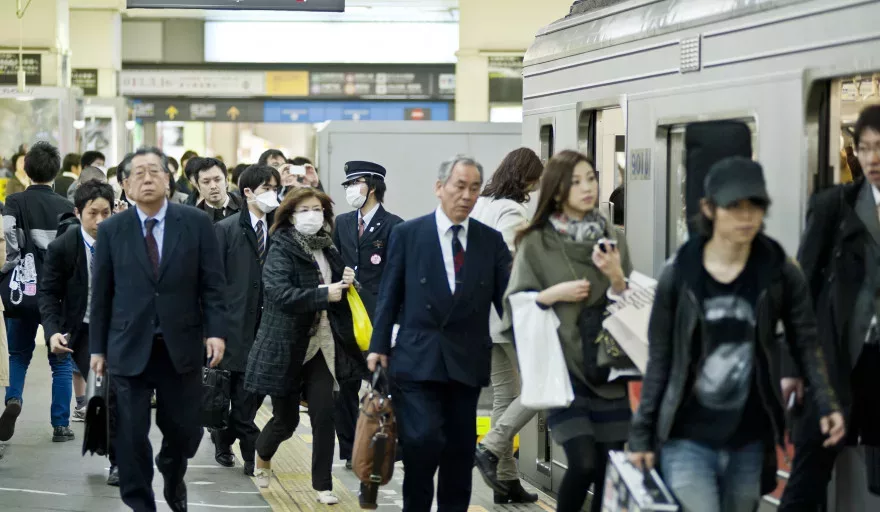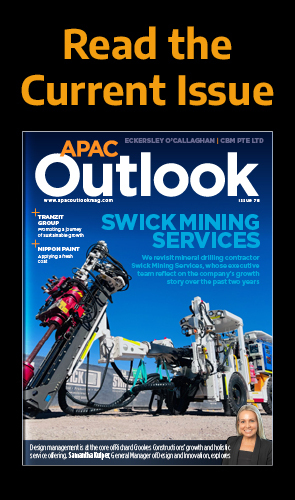A weaker yen has been good for Japanese exporters but will it be good for the ordinary citizen?
Writer Ian Armitage
Since the spectacular collapse of Japan’s 1980’s bubble economy in the 90’s the country’s economy has been in stagnation and decline but it is now starting to show signs of recovery: Tokyo stocks have reached five-year highs; deflation appears to be under control; and interest rates, effectively at zero for more than five years, may soon begin to rise.
Real estate prices are also rebounding.
What’s changed? New Prime Minister Shinzo Abe has pushed policymakers and other officials to take bold steps to revive one of the world’s largest economies – things like temporary fiscal stimulus, monetary easing and structural reform (together they make up a strategy known as “Abenomics”).
A sign the push is working came when the yen hit 100 to the dollar for the first time since 2009 in May. While it means the yen is worth less than a penny, it is good news in Japan’s case. Japan’s goal has been to weaken the currency in hopes that a lower yen will help the country lift itself out of a deflationary state. The policies put in place by Mr Abe and Haruhiko Kuroda, chairman of the Bank of Japan, appear to be doing just that – the yen has fallen nearly 25 percent against the U.S. dollar since November, when Japan’s cabinet approved a 422.6 billion yen economic stimulus package of subsidies and tax grants designed to boost its economy.
So why is a weak yen appealing? For one it makes Japanese exports more competitive around the world and that’ll help boost exporters’ profits. In fact it already has. Toyota Motor reported that net income in the last 12 months had jumped threefold and Sony produced an annual profit for the first time in five years. Both forecast further profit increases.
The weaker yen has also triggered a rally in the country’s stock market and it is expected to be a boon for tourism.
“We’re finally seeing a correction of the excessively strong yen,” Mr Abe said.
But perhaps the yen hitting 100 to the dollar says more about the strength in the U.S. economy than it does about Japan’s recovery?
“It’s the dollar that’s in demand because economic recovery in America is gathering steam,” Amari Akira, the Japanese economic revitalisation minister, said.
The U.S. is now Japan’s biggest export market with recent figures showing it edged ahead of China with U.S.-bound exports jumping 10.4 percent from a year earlier to 11.4 trillion yen. Exports to China, a major export destination due to its status as Japan’s biggest offshore manufacturing base, plunged 9.1 percent to 11.3 trillion yen.
Forex.com’s Chris Tedder certainly thinks Japan is more dependent on U.S. growth than China’s economic health. “Hopes of an economic recovery in Japan may be more dependent on U.S. growth than China’s economic health, at least that’s the picture that emerged from Japanese trade data,” he wrote. “The U.S. has regained its crown as the number one export destination for Japanese exports, after losing the title in 2009 on the back of a massive stimulus binge in China. It makes sense that Japan’s exporters would be looking away from China. Recent tensions over a diplomatic dispute between Beijing and Tokyo over a chain of Islands in the East China Sea have had a significant impact on China-Japan trade relations.
“Nonetheless, the U.S. may not hold the top spot indefinably from here, given house close the figures are – Japan’s exports to the US increased around 10 percent to 11.4 trillion yen, just beating 11.3 trillion yen worth of exports to China. Yet, we wouldn’t be surprised if Japan’s exporters continue to seek out the U.S. in coming quarters/years as the US recovers from a recession and China eases to more sustainable growth levels. Japan’s deficit was 362 billion yen in the fiscal year ended in March (the smallest since June), with exports increasing a modest 1.1 percent and imports jumping 5.5 percent.”
Some U.S. manufacturers aren’t too pleased with Abe’s policies. “The depth of Japanese currency manipulation has reached a new low,” said Matt Blunt, the American Automotive Policy Council’s president in a statement.
Okay, so the weaker yen certainly makes it harder for U.S. exporters to sell products in Japan, but how does it affect ordinary Japanese citizens? Well, as the currency weakens, prices of imported goods and raw materials have risen quickly too. Items like toilet paper and tissues have jumped by 10-15 percent.
The key will lie in how much the Japanese companies cashing in on the weaker yen will pass on their bigger profits to consumers, by raising wages or hiring new workers.
The government has been publicly pressuring corporate executives to raise pay, with rhetoric suggesting companies needed to “return favourable corporate earnings to their workers,” prompting a string of companies to declare wage increases or extra bonuses in recent months.
Mr Abe has reassured the public that the trickle-down to consumers from the weaker yen was already starting. “It might take a year or two for everyone’s incomes to grow, but we’ve already seen things start to improve this year,” he said.
Image: © Getty
Copyright is owned by Asia Outlook and/or Outlook Publishing. All rights reserved.





































